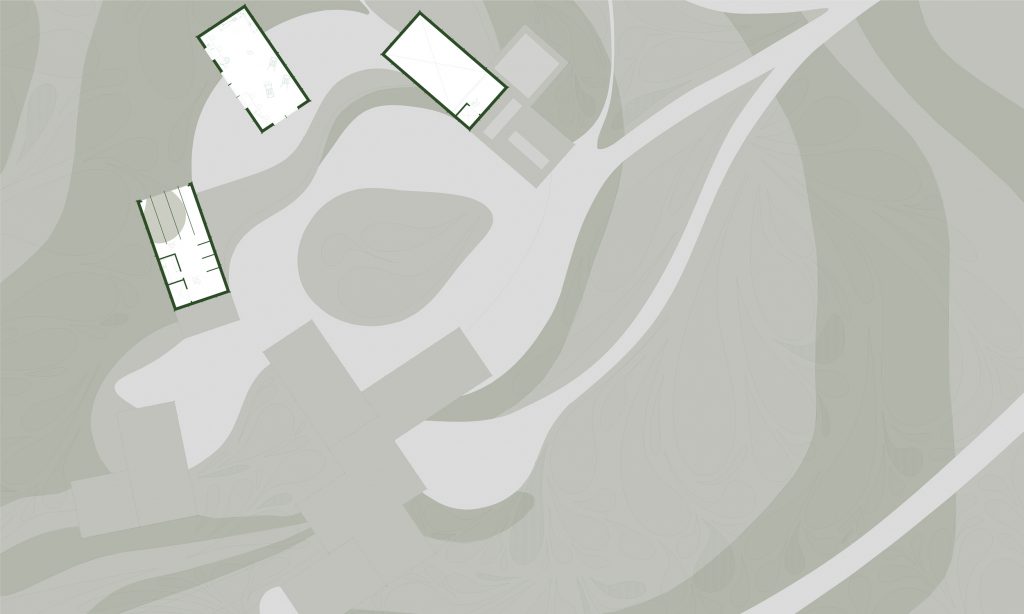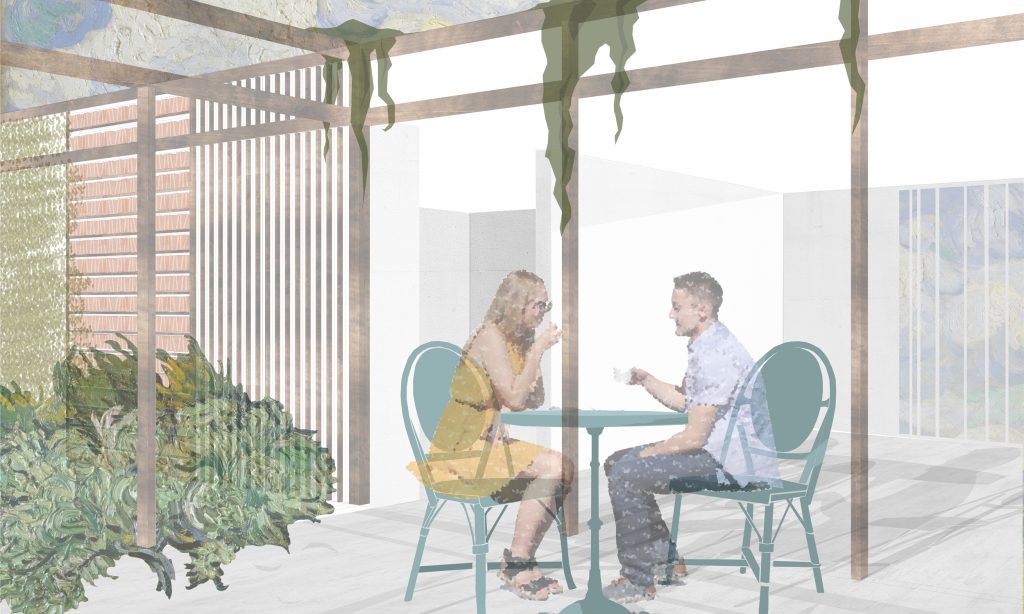Alice Violet Ball
Project title
The only record of this woman is a pamphlet published on September 28th, 1643.
It reads; ‘A Most Certain, Strange and true Discovery of a VVITCH. Being taken by some of the Parliament Forces, as she was standing on a small plank board and sailing on it over the River of Newbury. (the River Kennet). Together with the strange and true manner of her death, with the prophetical words and speeches, she fled at the same time. Printed by John Hammond, 1643.
The witch was put on trial sometime within the duration of the English Civil Wars from 1642-49. She does not even have a name, because those who found her did not take her to trial. Instead, the soldiers who saw her arrested her, tested her to see if she was a witch – as they thought – and then executed her that very day. The place at which she died is not recorded, aside from the mention of her sail along the River Kennet, however the witch was executed during the time of the Civil War.
The circumstances of her death make the ‘Witch of Newbury’ one of the most unusual cases of witch persecution (as opposed to prosecution) in early modern England.
Similarly, hedgehogs in late medieval England had a fate alike this nameless woman. In 1566 a bounty was put on the hedgehog by parliament due to their prickly disposition. Hedgehogs during this time were believed to be witches familiars or even witches in disguise. Hedgehogs were then often simply distrusted, or worse, killed on sight.
Hedgehogs were not only endangered in the Medieval period, but today as well. In 30 years, UK hedgehog numbers have deteriorated from 30 million to just over 1 million. There are several reasons:
-increase in road activity (M4, etc.)
-the available habitat is dwindling
-due to pesticides being used on agricultural land, invertebrates and other food sources are removed from the food chain.
The juxtaposition between the reason for their endangerment is bizarre, to say the least. But the fact remains that these creatures are still hunted by mankind, one way or another.
This project aims to reclaim nature from the clasp of modern kind, and to reinstate the wildlife that no longer exists due to our shortcomings. Using the medium of rewilding, planting, and animal respite, this project nods back to the people, animals, and ideas that were perhaps misunderstood in the middle ages – and reinventing them.
The only record of this woman is a pamphlet published on September 28th, 1643.
It reads; ‘A Most Certain, Strange and true Discovery of a VVITCH. Being taken by some of the Parliament Forces, as she was standing on a small plank board and sailing on it over the River of Newbury. (the River Kennet). Together with the strange and true manner of her death, with the prophetical words and speeches, she fled at the same time. Printed by John Hammond, 1643.
The witch was put on trial sometime within the duration of the English Civil Wars from 1642-49. She does not even have a name, because those who found her did not take her to trial. Instead, the soldiers who saw her arrested her, tested her to see if she was a witch – as they thought – and then executed her that very day. The place at which she died is not recorded, aside from the mention of her sail along the River Kennet, however the witch was executed during the time of the Civil War.
The circumstances of her death make the ‘Witch of Newbury’ one of the most unusual cases of witch persecution (as opposed to prosecution) in early modern England.
Similarly, hedgehogs in late medieval England had a fate alike this nameless woman. In 1566 a bounty was put on the hedgehog by parliament due to their prickly disposition. Hedgehogs during this time were believed to be witches familiars or even witches in disguise. Hedgehogs were then often simply distrusted, or worse, killed on sight.
Hedgehogs were not only endangered in the Medieval period, but today as well. In 30 years, UK hedgehog numbers have deteriorated from 30 million to just over 1 million. There are several reasons:
-increase in road activity (M4, etc.)
-the available habitat is dwindling
-due to pesticides being used on agricultural land, invertebrates and other food sources are removed from the food chain.
The juxtaposition between the reason for their endangerment is bizarre, to say the least. But the fact remains that these creatures are still hunted by mankind, one way or another.
This project aims to reclaim nature from the clasp of modern kind, and to reinstate the wildlife that no longer exists due to our shortcomings. Using the medium of rewilding, planting, and animal respite, this project nods back to the people, animals, and ideas that were perhaps misunderstood in the middle ages – and reinventing them.
Project title
Introduced in the heart of Reading Town, Hogmanay, the Scottish celebration of New Years, brings a large infusion of culture and festivity to the local area. Cock-a-Leekie soup, being an integral cuisine of the Scottish, accompanies the festivities. The influx of Hogmanay culture, introduced by the arrival of the Soup Facility, will indulge Reading in a host of traditions that seek to bring people together to celebrate the New Year and the fresh start that follows midnight. On New Year’s Eve in Reading, the public are invited to join in the activities, including; farming the ingredients for the soup, trying the soup, setting Juniper branches alight at midnight, Ceilidh dancing, drinking homemade Gin, and the chance to watch as the chefs produce the soup from raw ingredients on site.
Cock a Leekie , Scotland, Timber, Homemade, Feathers, New years
Introduced in the heart of Reading Town, Hogmanay, the Scottish celebration of New Years, brings a large infusion of culture and festivity to the local area. Cock-a-Leekie soup, being an integral cuisine of the Scottish, accompanies the festivities. The influx of Hogmanay culture, introduced by the arrival of the Soup Facility, will indulge Reading in a host of traditions that seek to bring people together to celebrate the New Year and the fresh start that follows midnight. On New Year’s Eve in Reading, the public are invited to join in the activities, including; farming the ingredients for the soup, trying the soup, setting Juniper branches alight at midnight, Ceilidh dancing, drinking homemade Gin, and the chance to watch as the chefs produce the soup from raw ingredients on site.
Cock a Leekie , Scotland, Timber, Homemade, Feathers, New years








